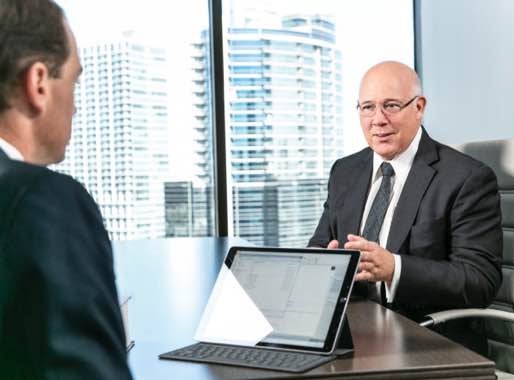Excessive Stock Trading Policy & Churning Lawyers

Churning occurs when a broker trades excessively in a customer account to generate income for the broker and his or her brokerage firm. Excessive trading violates FINRA’s requirements. Reverse churning, or putting a client’s funds in a fee-based account solely to collect a fee, also violates the standards of the profession. If you have been a victim of churning or reverse churning, you may be able to recover the excessive fees you paid by filing a FINRA arbitration claim.
Excessive Trading, Suitability, and Account Control
FINRA Rule 2111 (Suitability) lists three main requirements: reasonable-basis suitability, customer-specific suitability, and quantitative suitability. The third obligation of quantitative suitability relates to excessive trading.
According to FINRA, a series of recommended transactions may be considered excessive and unsuitable for the customer when taken together in light of the customer’s investment profile.
Did you suffer investment losses due to suspected account churning? Talk to a lawyer for free.
Excessive Activity Tests
No single test defines excessive activity, but a number of factors may provide evidence.
A paper from the Securities Litigation & Consulting Group states that the question at the root of churning cases is, “Was there a reasonable probability that the securities trading would be profitable enough to cover its costs?”
FINRA commonly considers the following three factors in account churning cases:
- Turnover rate: An account’s turnover rate is found by dividing the total amount of securities purchases by the average monthly investment.
- Cost-to-equity ratio: Also known as the “break even percentage,” the cost-equity ratio is measured by dividing annual account costs (including commissions, margin interest, and markups/markdowns) by the average value of account securities.
- In-and-out trading: This practice involves repeatedly buying and selling the same investments. FINRA calls in-and-out trading a “hallmark” of excessive trading and defines it as the “sale of all or part of a customer’s portfolio, with the money reinvested in other securities, followed by the sale of the newly acquired securities.”
Too Much Activity vs. No Activity
Investment advisors sometimes recommend moving a client from a commission-based account to a fee-based account that may be even more expensive. This may be an advisor ploy to charge ongoing investment fees while providing little or no ongoing investment services.
So-called “reverse churning” is a growing concern of FINRA and the SEC. Reverse churning may violate suitability requirements, fiduciary duty requirements, material disclosure requirements, and other securities regulations.
Talk to a Securities Arbitration Attorney, Free of Charge
Excessive trading is a serious offense that, if proven, can lead to fines, suspension, and termination. But to recover investment losses resulting from churning, investors typically must file a FINRA arbitration claim.
The Business Trial Group has recovered millions of dollars for victims of broker malpractice. We handle all securities arbitration claims on a contingency-fee basis, so you pay only for results — not hours. Your initial consultation is also free. Contact us to speak with an attorney if you feel you have been a victim of excessive trading or fees.


